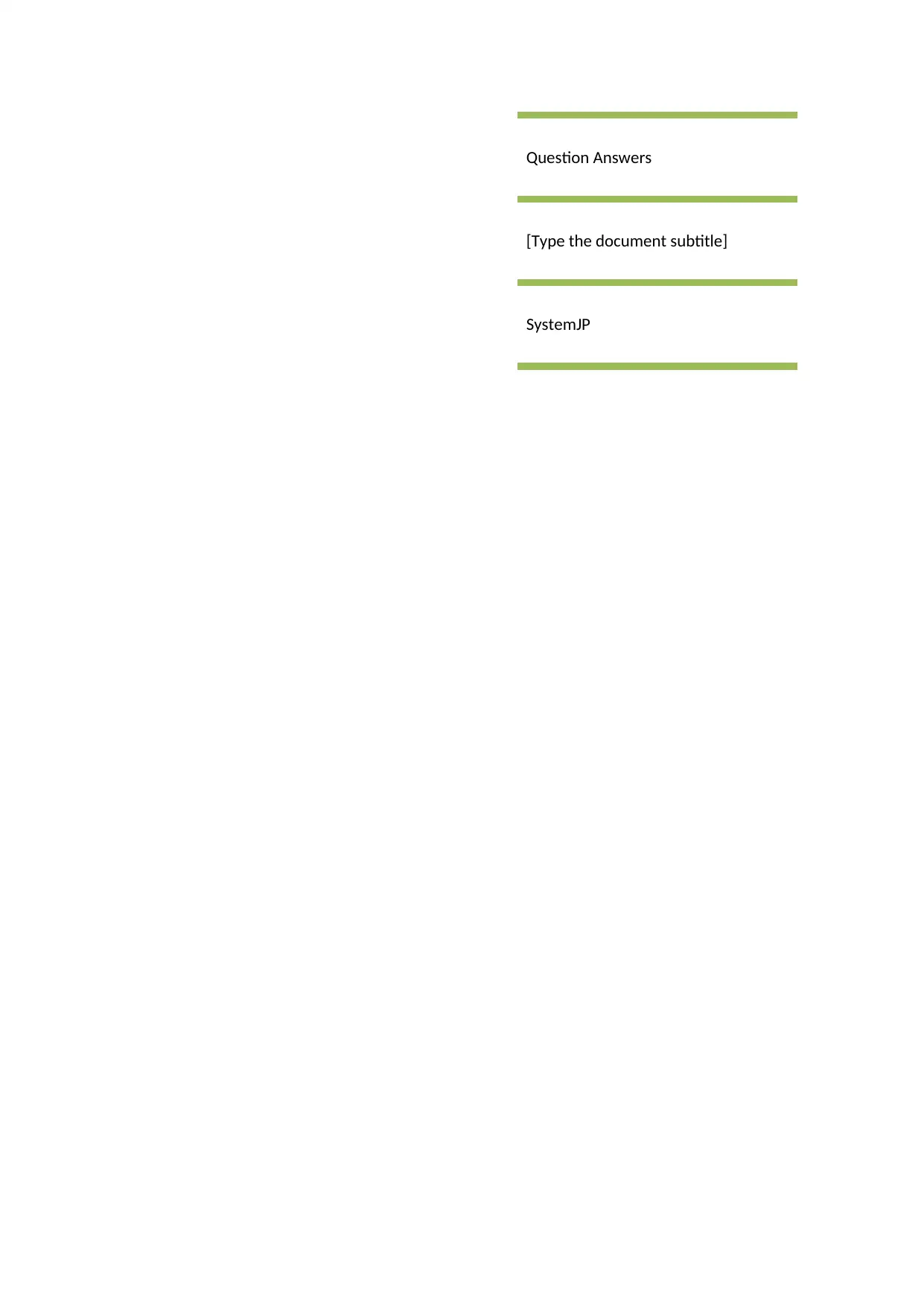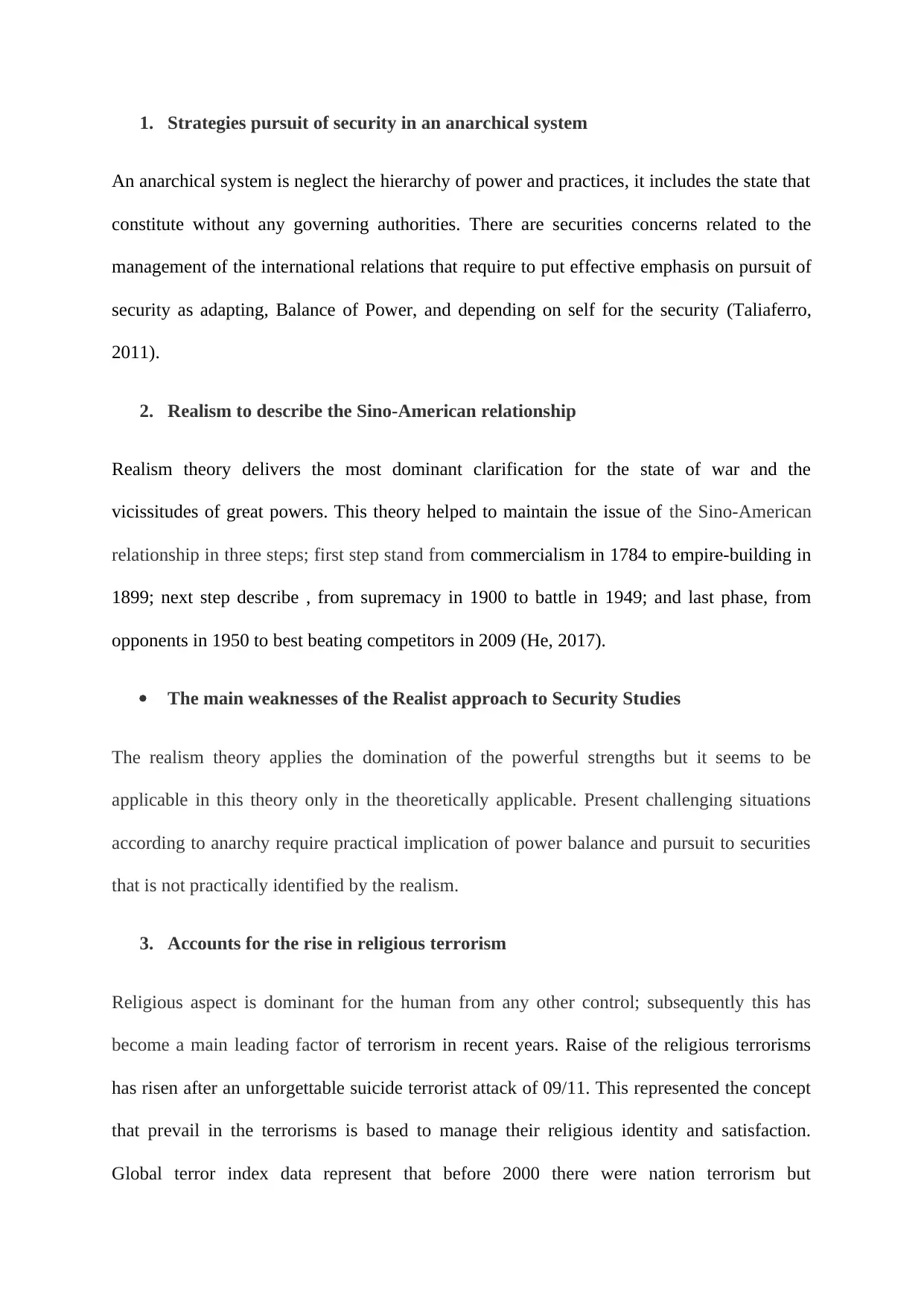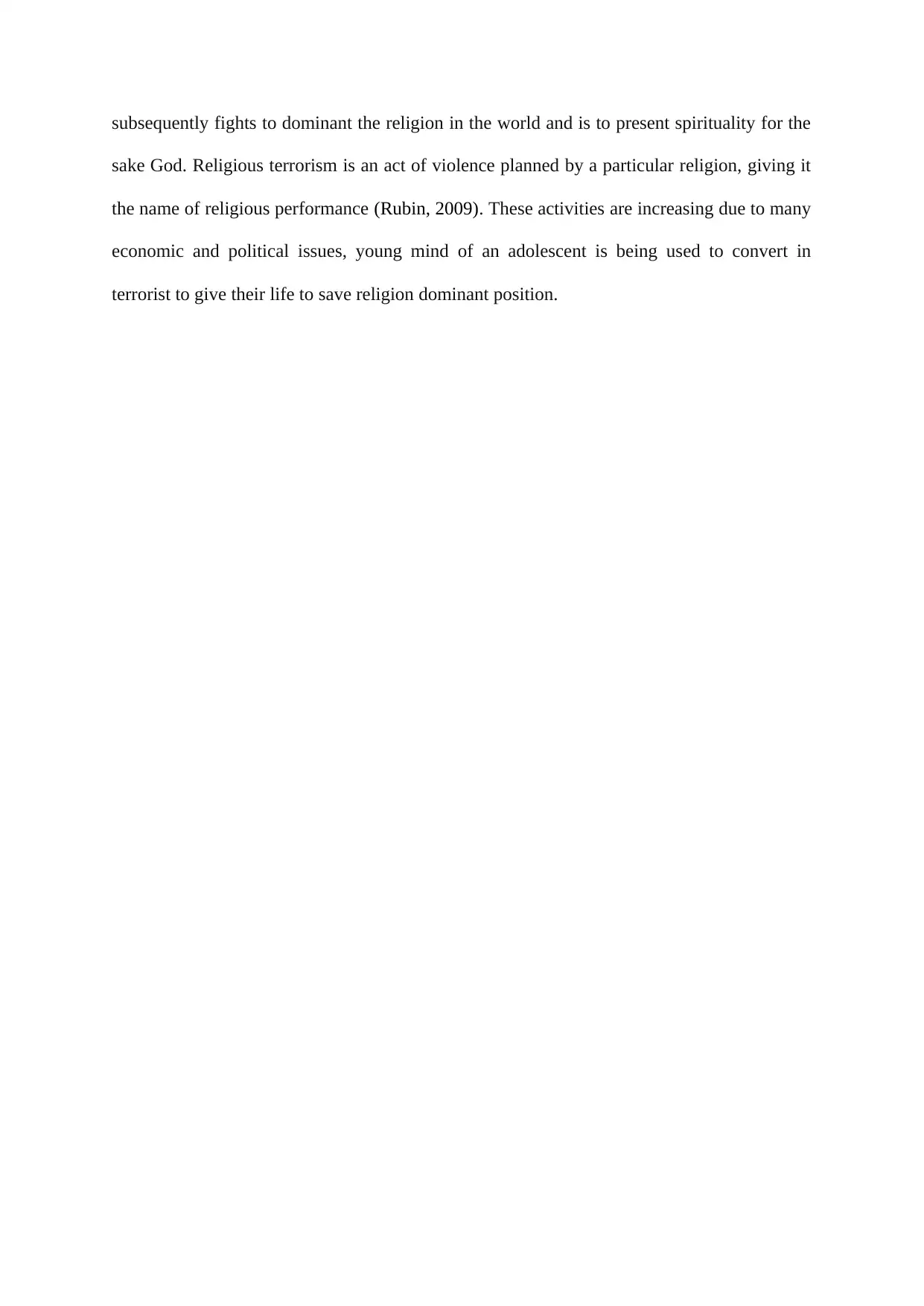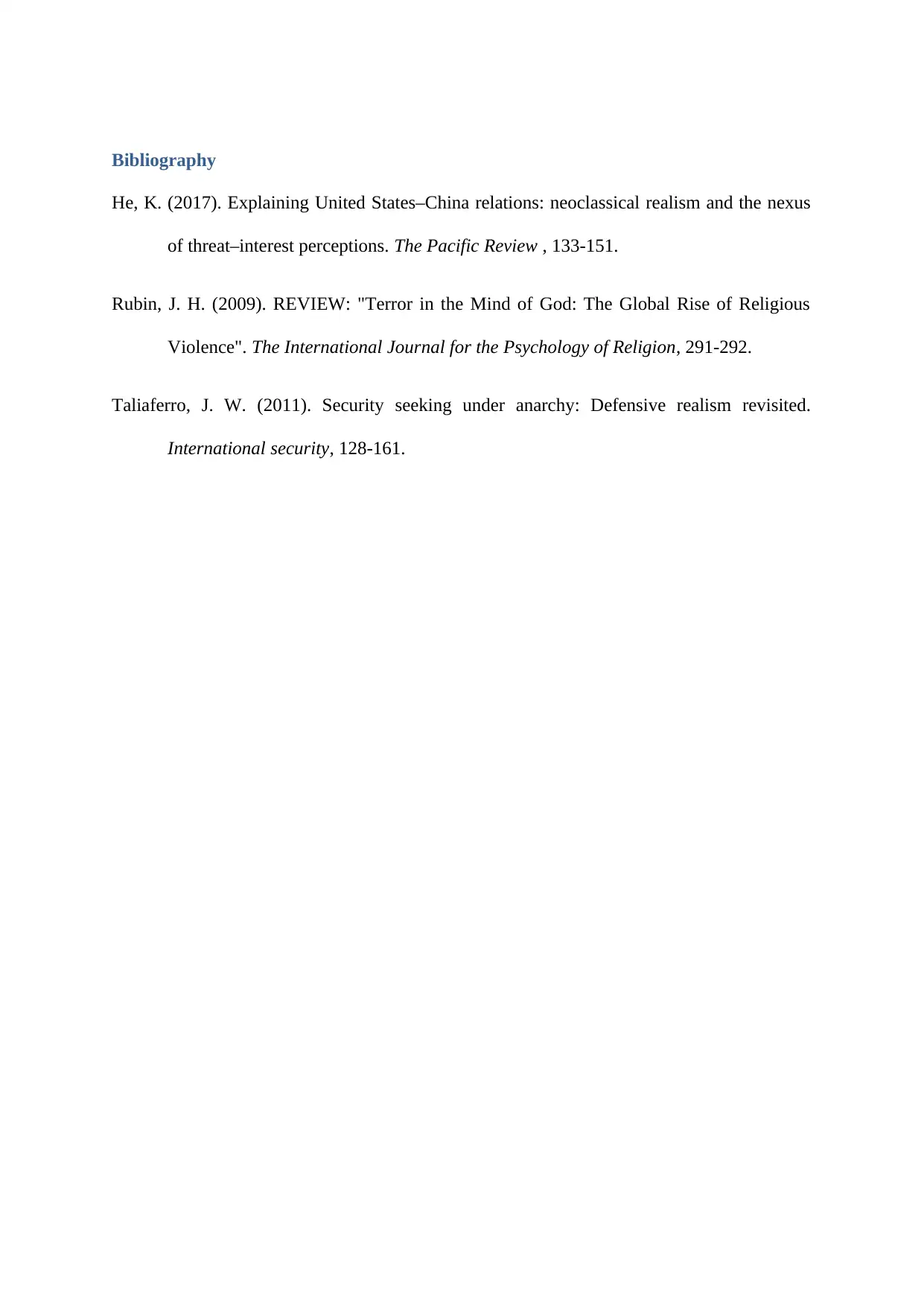International Security: Anarchy, Realism, and Terrorism Analysis
VerifiedAdded on 2022/09/01
|4
|474
|18
Report
AI Summary
This report examines the complexities of international security within an anarchical system. It begins by exploring security strategies, including the application of realism, and analyzes the Sino-American relationship through this lens. The report then critiques the limitations of realism in addressing modern security challenges. Furthermore, it delves into the rise of religious terrorism, examining its root causes and the role of religious identity in motivating such violence. The analysis incorporates scholarly sources to support the arguments, providing a comprehensive overview of the interplay between these key concepts in international relations.
1 out of 4





![[object Object]](/_next/static/media/star-bottom.7253800d.svg)